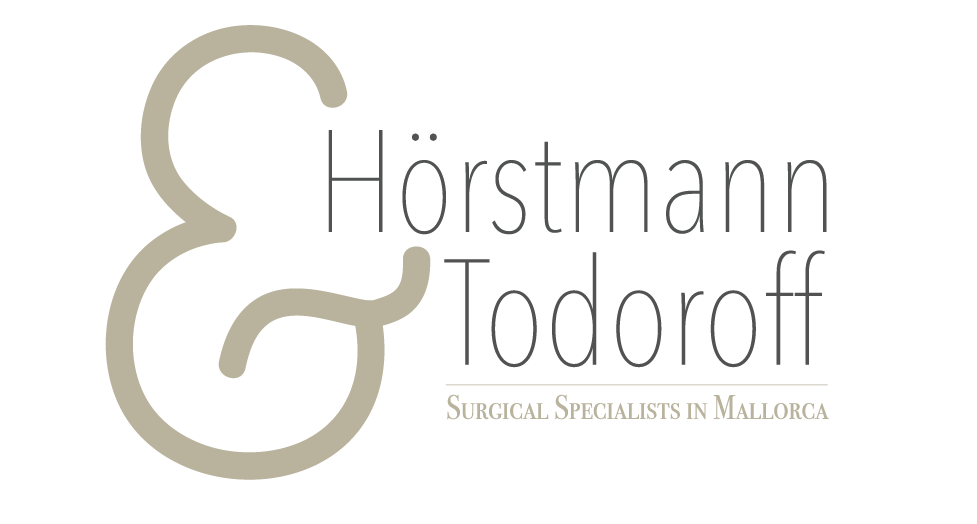-
Diverticulosis and diverticulitis
In the case of diverticulosis the intestinal mucous membrane has penetrated through gaps in the wall of the intestine and forms a protuberance (diverticulum).
If this diverticulum is inflamed (diverticulitis), the perforation of the intestinal wall (perforation) can occur, resulting in a life-threatening situation.For this reason it is advisable to remove the affected part of the colon, especially if several diverticulitis relapses have taken place. That is in 80 -90% the sigma in the left lower abdomen.
About 10% of people under 50 have diverticula, about 50% of those people over 70 years of age. They are similarly common in women and men.
Patients with diverticulitis who have severe pain or fever should be treated in hospital. In many cases, they are not allowed to eat any food. Instead, they are given infusions and antibiotics. Diverticulitis therapy often works without surgery.
We perform this procedure – as well as almost all other abdominal procedures – by laparoscopy. In this case, 5 trocars are usually required and a “mini” laparotomy of approx. 5 cm is necessary to remove the separated intestine from the abdomen.
Advantages of laparoscopic therapy:
- Home
-
General Surgery
Breast, Skin & Soft Tissues SurgeryEndocrine surgeryVisceral surgeryAbdominal wall herniasColon and rectum surgeryProcedures
- Plastic Surgery
- News
- Medical Center
- Contact
- English
- Home
- General Surgery
- -- Breast, Skin & Soft Tissues Surgery
- ---- Breast Surgery
- ---- Skin & Subcutaneous Tumours
- ---- Wound healing disorders
- -- Endocrine surgery
- ---- Diseases of Thyroid Gland
- -- Visceral surgery
- ---- Gallbladder Diseases
- -- Abdominal wall hernias
- ---- Hernias
- -- Colon and rectum surgery
- ---- Colorectal Carcinoma
- ---- Diverticulosis and diverticulitis
- ---- Rectal anal Carcinoma
- ---- Haemorrhoids
- ---- Inflammation of the anus
- -- Procedures
- ---- Laparoscopic Surgery
- Plastic Surgery
- -- Head area
- ---- Facelift
- ---- Thread lifting
- ---- Wrinkle Removal
- ---- Eyelid Reduction
- ---- Forehead Lift
- ---- Neck Correction
- ---- Chin Correction
- ---- Nose Correction
- ---- Ear Correction
- ---- Age Spots Removal
- -- Upper body area
- ---- Breast Enlargement
- ---- Breast Lift (MASTOPEXY) / Breast Reduction
- ---- Gynecomastia – breast surgery in men
- ---- Thightening of upper arms
- ---- Abdominoplasty – “TUMMY TUCK”
- ---- Liposuction
- -- Lower body area
- ---- Liposuction
- ---- Thigh Tightening
- ---- Thightening of buttocks
- ---- Female intimate surgery
- News
- Medical Center
- -- Recommendations & Cooperations
- Contact
- English
- -- Deutsch
